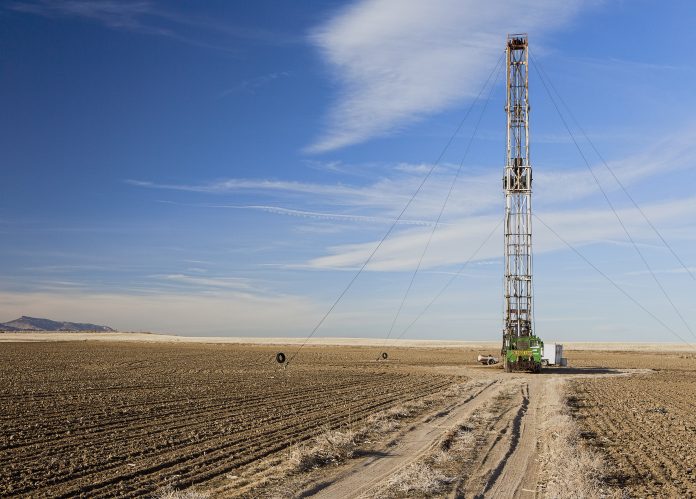Volumes of water used for hydraulic fracturing (fracking) have risen more than seven-fold in the last five to six years, a new study shows.
The study, published in Science Advances, tracked the water used in the process of extracting natural gas from underground and found that as the process has intensified, so has its water footprint. This was also shown to have produced a rise of more than 1400 percent in the quantity of toxic wastewater within the same period.
The findings contrast with previous results, which have been used to deny the comparative excess water needed in fracking versus other energy sources. According to the authors, these evaluations are based on “aggregated water footprint data during the early years 2011–2014 of hydraulic fracturing in the United States”.
“The water used for hydraulic fracturing is retained within the shale formation: only a small fraction of the fresh water injected into the ground returns as flow-back water, while the greater volume of filter pump water returning to the surface is highly saline, is difficult to treat, and is often disposed through deep-injection wells. This means that despite lower water intensity compared to other energy resources, the permanent loss of water use for hydraulic fracturing from the hydrosphere could outweigh its relatively lower water intensity.”
The authors warned that if current practices continue, the industry could produce water shortages in certain regions of the United States.
“The increase in the water footprint of hydraulic fracturing shown in this study has serious implication for local communities, where increased drilling volume will lead to large instantaneous water demands, and resulting in increasing FP water burdens that will have to be managed into the future.”
The authors concluded by saying that additional studies would be needed to “analyse the local impacts of hydraulic fracturing on water resource depletion in light of increasing water demand for hydraulic fracturing”, as well as the rise in volumes of filter pump water that need to be managed in areas vulnerable to earthquakes.
“As unconventional gas and oil exploration is expanding globally and other countries begin to follow the US shale revolution, the results of this study should be used as guidance for the expected water footprint of hydraulic fracturing at different stages of energy development,” the reports concludes.









